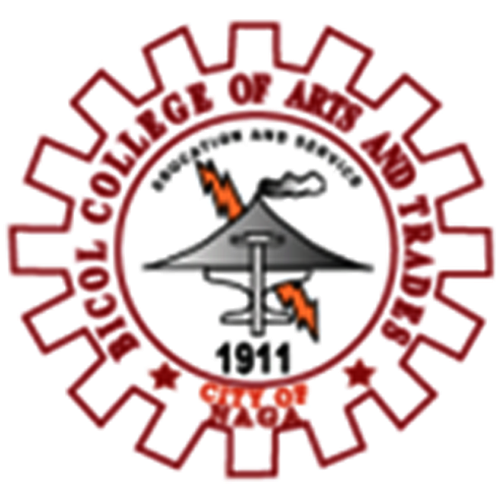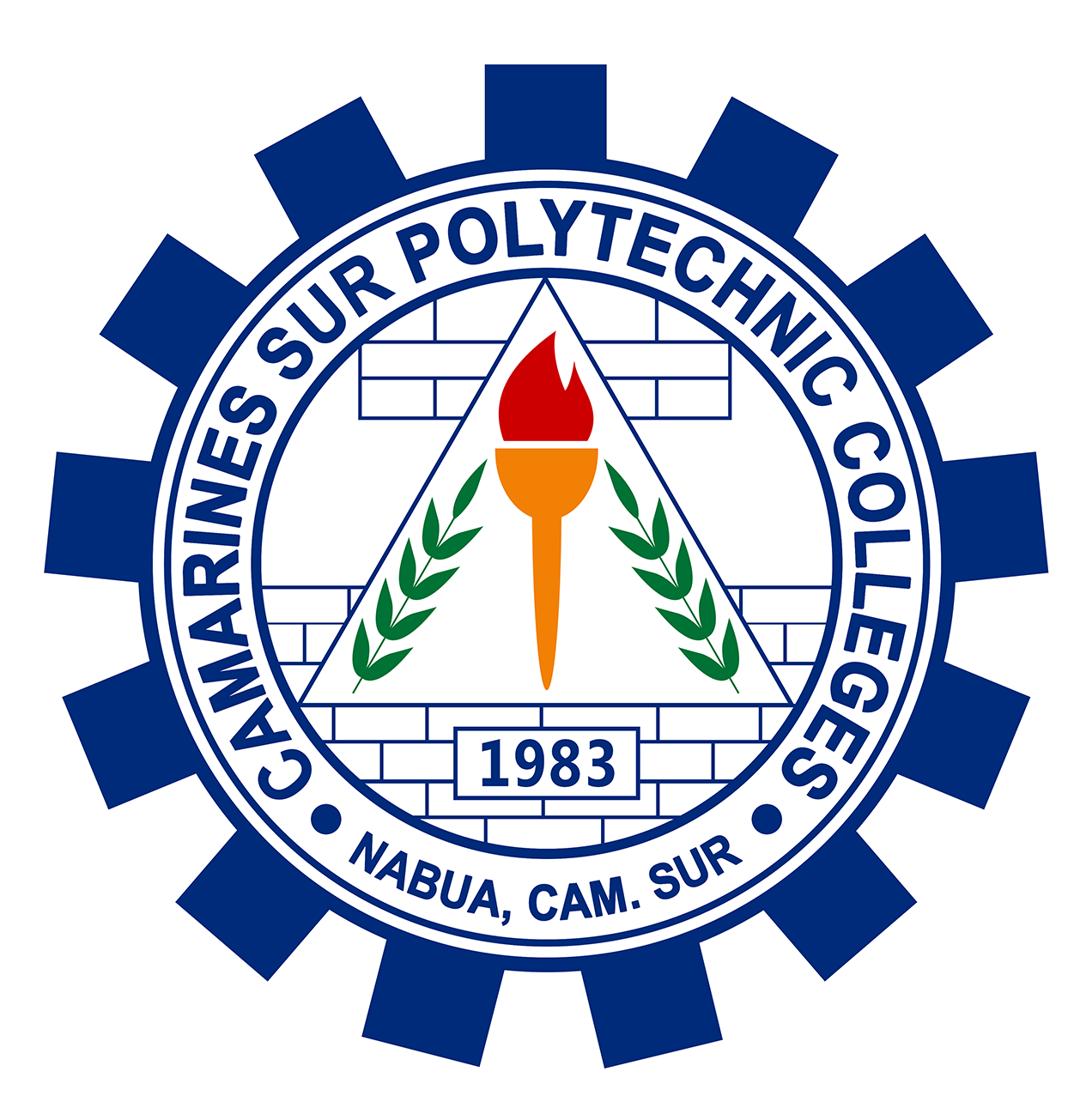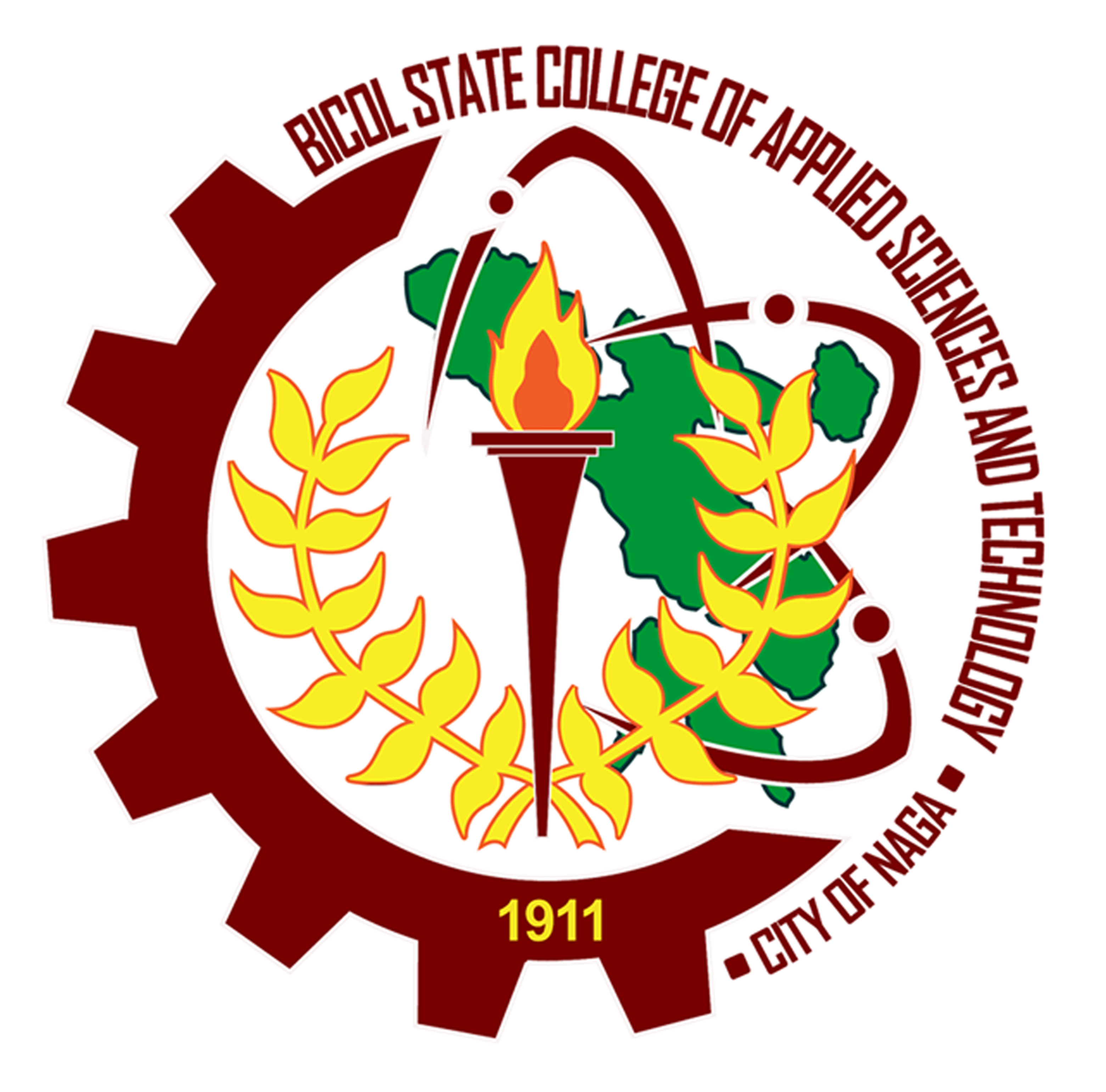Its history traces its humble beginnings in 1911, when it started as the Camarines Sur Trade School (CSTS). Mr. Pedro Hidalgo organized trade courses in the intermediate level, offering carpentry, drawing and trade arts. Classes were first held at the library hall of the Camarines Sur High School. In 1924, it started offering Vocational courses in the Secondary level under Mr. Doroteo Federis.
In November 1925, the first permanent school building was constructed, the Gabaldon building, on its 25,699-sq.m. school site donated by the provincial government. This building still exists and is considered as the school’s historical landmark. Woodworking courses were also introduced during the term of Mr. Cornelio Casaclang, as Principal.
At the outbreak of World War II, the school principal was Mr. Romulo Y. Mendoza. In 1945, the school was re- opened under Mrs. Primitiva Obias as Officer in- Charge until the reassignment of Mr. Cornelio Casaclang. Auto- mechanics, Building Construction and Furniture and Cabinet Making were offered. In 1948, during the administration of Oligario Lenon, girls trades courses in Dressmaking, Cosmetology and Food Trades were offered and with it the construction of buildings and shops

 CSNCAT (1952)
CSNCAT (1952)
 BCAT (1984)
BCAT (1984)
 CSPC (2000)
CSPC (2000)
 BISCAST (2012)
BISCAST (2012)